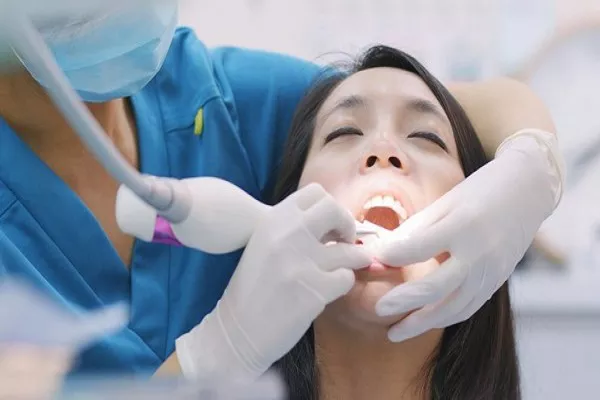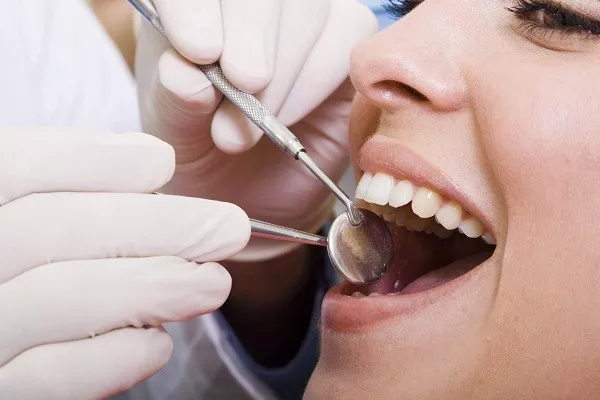Wisdom teeth removal is a common dental procedure performed to address issues such as impaction, overcrowding, or infection caused by the eruption of third molars. After undergoing this surgery, patients may experience various changes in their oral cavity, including the appearance of their gums. Understanding what to expect with your gums after wisdom teeth removal can help alleviate concerns and ensure proper post-operative care. In this comprehensive guide, we’ll delve into the typical changes that occur in your gums following wisdom teeth removal surgery, providing insights to help you navigate the healing process effectively.
Immediate Post-Operative Period:
Presence of Blood Clot: After wisdom teeth removal, the extraction sites in your gums will initially contain a blood clot. This clot serves as a protective barrier over the underlying bone and tissues, helping to promote healing and prevent infection.
Swelling and Discomfort: It’s common to experience swelling and discomfort in the gums immediately after wisdom teeth removal. This swelling is a natural response to the surgical trauma and typically peaks within the first 48 hours before gradually subsiding.
Appearance of Your Gums After Wisdom Teeth Removal:
Redness and Inflammation: In the days following wisdom teeth removal, you may notice redness and inflammation in your gums surrounding the extraction sites. This is a normal part of the healing process and is indicative of the body’s immune response to tissue injury.
Bruising: Some patients may experience bruising on the surface of the gums or the surrounding soft tissues following wisdom teeth removal. Bruising is caused by minor bleeding beneath the skin’s surface and typically resolves on its own within a week or two.
Sutured Extraction Sites: Depending on the surgical technique used and the complexity of the extraction, your dentist or oral surgeon may close the extraction sites with dissolvable sutures. These sutures help to stabilize the gums and promote optimal healing. Over time, the sutures will dissolve on their own, eliminating the need for removal.
Gradual Healing: As the days and weeks pass, your gums will gradually heal, and the initial redness and inflammation will subside. The extraction sites will begin to close, and new tissue will form to cover the exposed bone, leading to a smoother, more uniform appearance of the gums.
Post-Operative Care Tips:
Gentle Oral Hygiene: Following wisdom teeth removal, it’s essential to practice gentle oral hygiene to promote healing and prevent infection. Brush your teeth carefully, avoiding direct contact with the extraction sites, and rinse your mouth with warm saltwater to keep the area clean.
Avoid Irritants: To minimize discomfort and facilitate healing, avoid consuming hot, spicy, or acidic foods and beverages in the days following wisdom teeth removal. These substances can irritate the gums and prolong the healing process.
Use Pain Medication as Directed: If you experience discomfort or pain after wisdom teeth removal, take over-the-counter pain medication as directed by your dentist or oral surgeon. Nonsteroidal anti-inflammatory drugs (NSAIDs) such as ibuprofen can help reduce swelling and relieve pain.
Follow Post-Operative Instructions: Be sure to follow any post-operative instructions provided by your dentist or oral surgeon, including guidelines for diet, activity level, and medication usage. These instructions are designed to promote optimal healing and minimize the risk of complications.
When to Seek Medical Attention:
While some degree of discomfort, swelling, and redness is normal after wisdom teeth removal, certain symptoms may indicate a complication that requires medical attention. Contact your dentist or oral surgeon if you experience:
Persistent or worsening pain
Excessive bleeding that doesn’t stop with pressure
Signs of infection, such as fever or foul odor from the extraction sites
Difficulty swallowing or breathing
Numbness or tingling in the lips, tongue, or chin
Conclusion:
In conclusion, the appearance of your gums after wisdom teeth removal will undergo various changes as part of the natural healing process. Initially, you may notice redness, inflammation, and bruising, which are typical and should gradually resolve over time. By practicing gentle oral hygiene, following post-operative care instructions, and monitoring for any signs of complications, you can promote optimal healing and ensure a smooth recovery after wisdom teeth removal. If you have any concerns about the appearance or healing of your gums following surgery, don’t hesitate to contact your dentist or oral surgeon for guidance and support.
Is Getting Your Wisdom Teeth Out Scary
How To Heal Faster From Wisdom Teeth Removal
What Do They Give You After Wisdom Teeth Removal





























